


The Indian service sector, driven by sharp growth in new businesses, increased at its fastest pace in six months in December 2022. During this period, the growth of private sector output in the country registered a nearly 11- year high, as per the results of a private survey released last week. The S&P Global India Services Purchasing Managers Index (PMI) surged to 58.5 for the month of December, an uptick from 56.4 recorded in November 2022. The PMI is a diffusion index which incorporates survey results conducted on manufacturing firms across the country. Any reading above fifty on the PMI suggests that the manufacturing sector is expanding, while any reading below fifty indicates a contraction. For the same period, the country’s manufacturing PMI also increased, from 55.7 in November to 57.8 in December. This is the highest growth recorded in the sector since October 2020.
The survey also showcased that not only was this the 17th month in a row where new orders for services firms increased, but December was also the month which reflected the strongest pace of overall growth for the sector (since mid-2022). While the expansion of both the manufacturing and services sectors are clear signs of a healthy and growing economy, it is important to pay attention to other macroeconomic objectives in line with the same, in particular, inflation and unemployment. Let us take a look at the PMI, which industries are driving the growth of manufacturing and services sectors and what this means for the Indian economy at large.
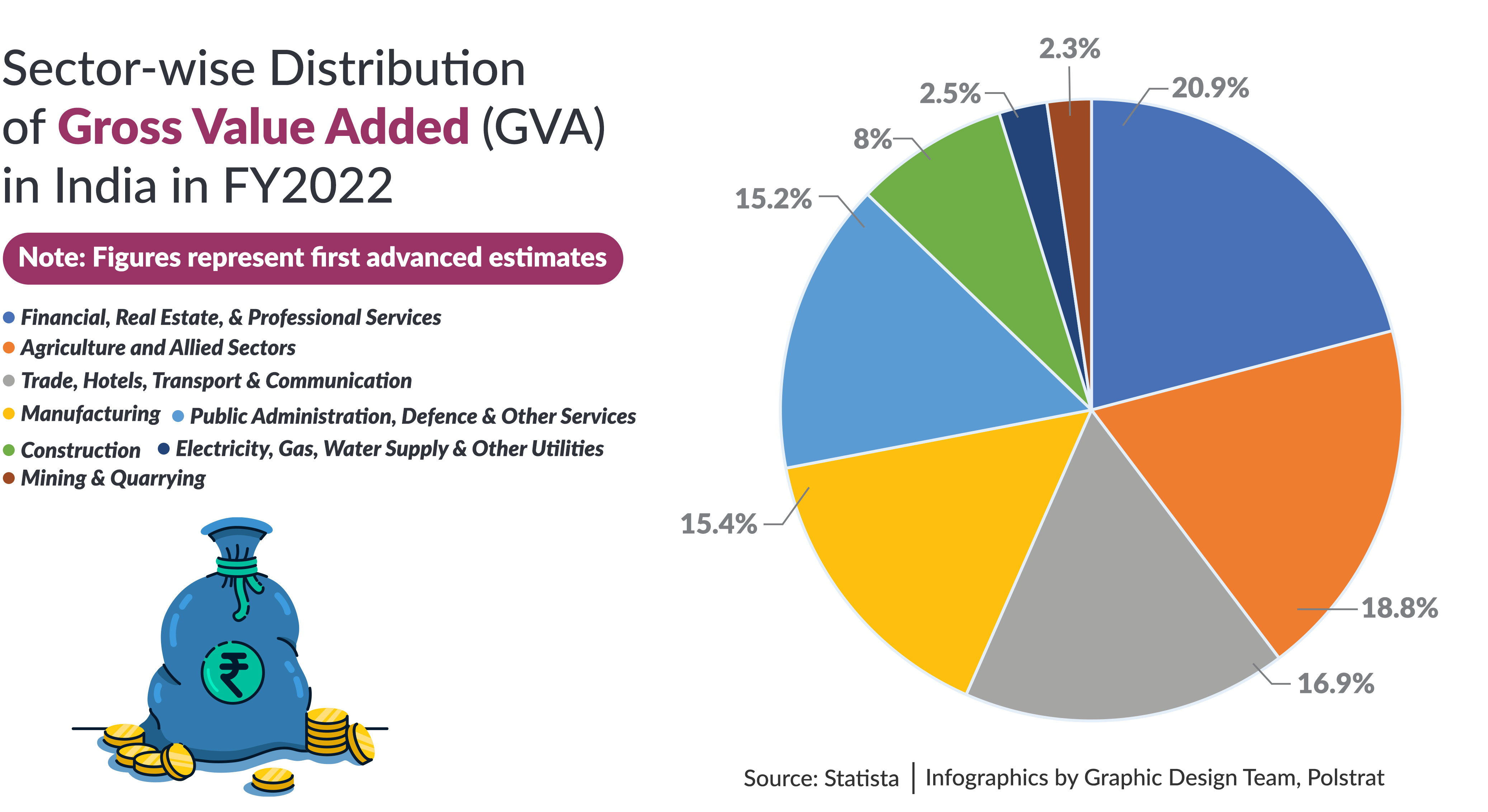
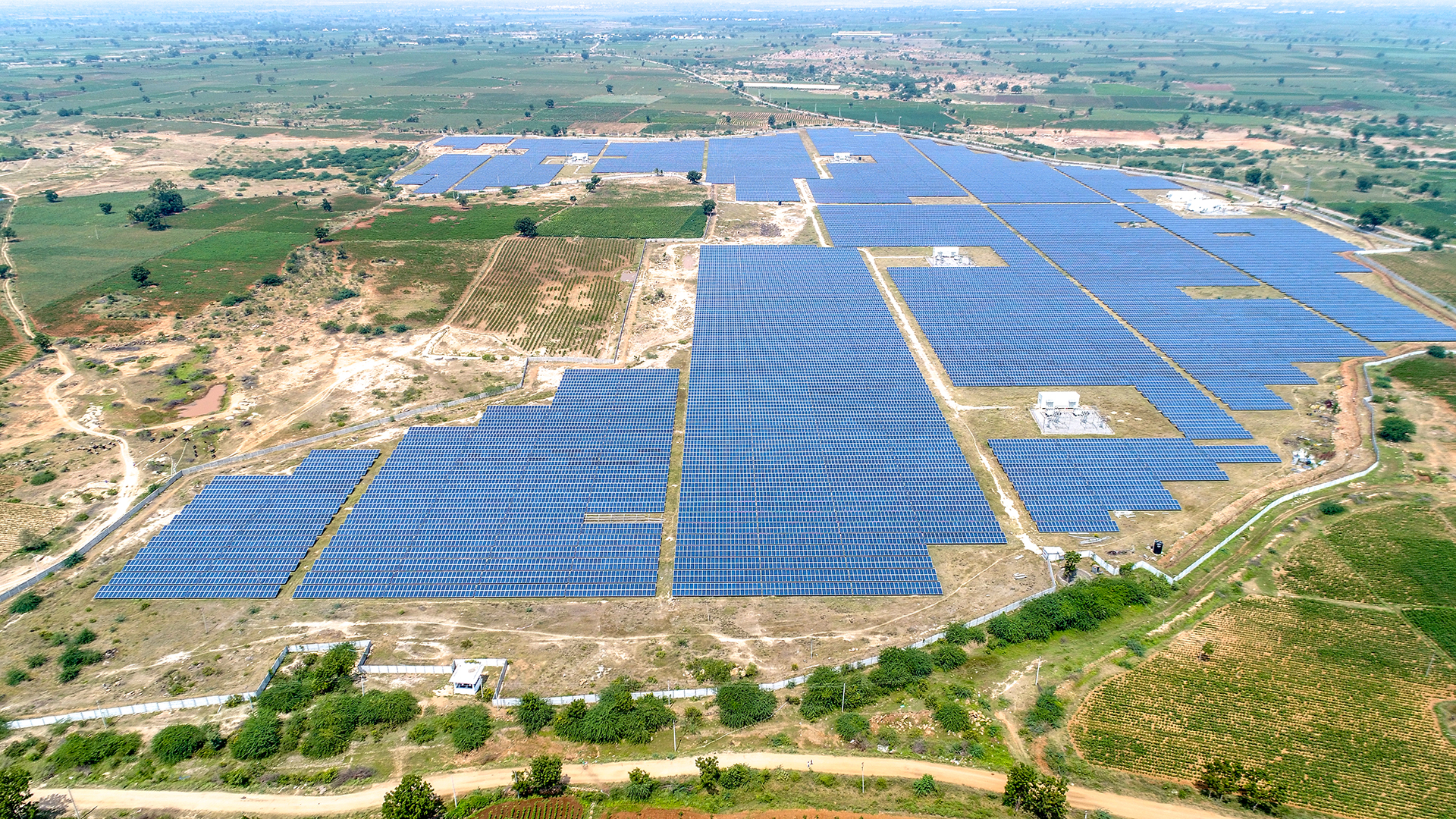
India’s huge domestic consumption, led by the private sector, has continued to play a huge role in the country’s economic growth. This high rate of domestic consumption has driven the expansion of both the manufacturing and service sectors, as exhibited by PMI data. The Services PMI index, compiled by S&P Global, was formulated from responses to questionnaires sent to over 400 private sector companies. The survey showed that more jobs were created in December and that all companies exhibited optimism about the future outlook of business activity. Both industries reported an increase in input costs, with companies mentioning wage pressures as well as increased prices of energy, food, and transportation. Input cost inflation was recorded at a higher level in consumer services. While companies overall reaped the benefits of this expanded demand, the sharp uptick in inflation paints a concerning picture for the future. Typically, strong demand boosts firms’ pricing power, enabling them to transfer increased costs to customers, which can again increase the inflationary pressures on the economy.
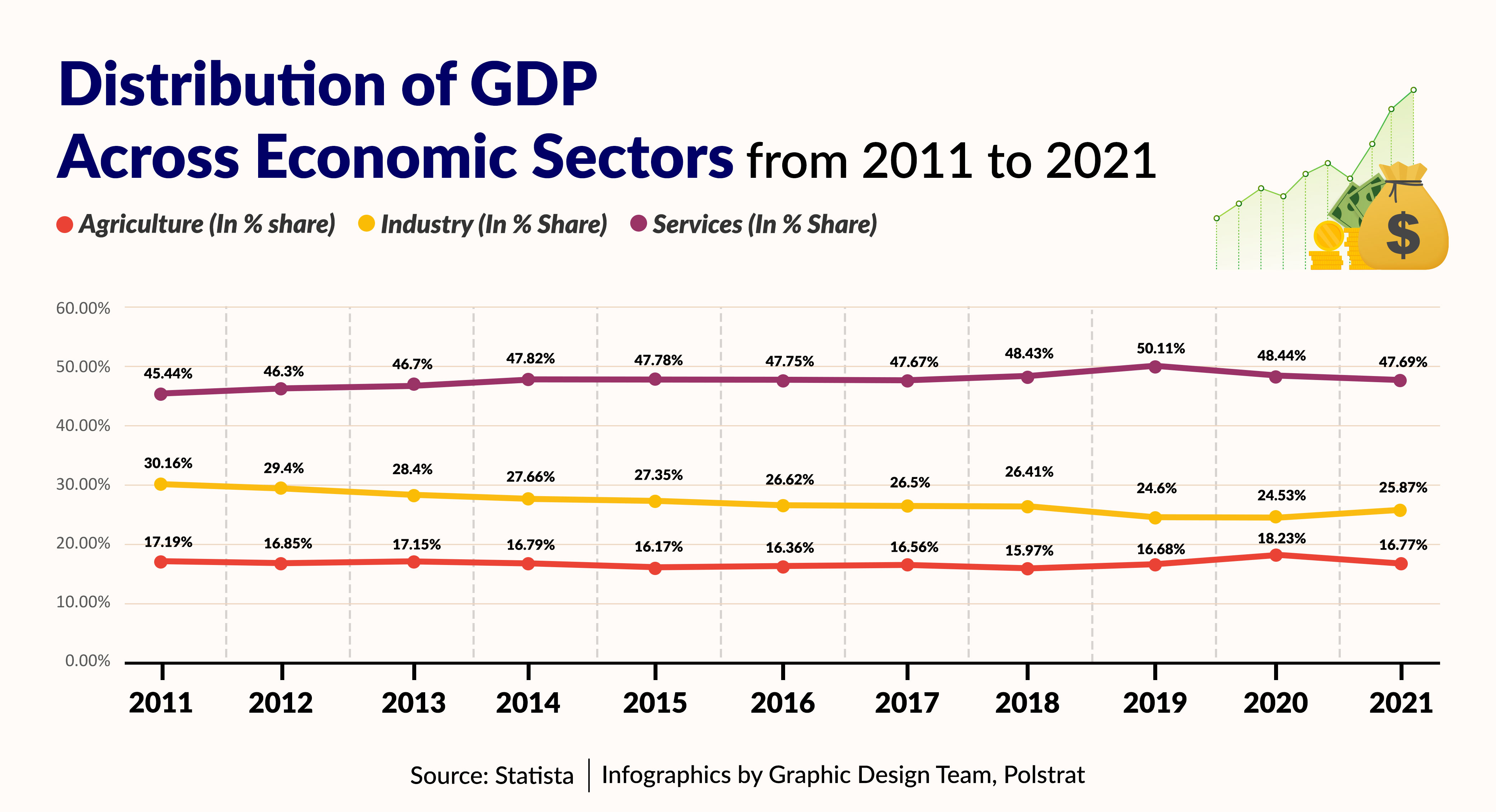
Domestic consumption in India has been a huge driver of the private sector in the country, which in turn has contributed to economic growth and expansion. It is estimated that India has a middle class of around 400 million people, which has increasing disposable income and is also the main driver of consumption expenditure in the country. This is likely to increase the private consumer market in India up to four times by 2025. The private sector of any economy plays the critical role of creating employment, driving investment and funding, along with leading competitiveness and innovation in the economy, all of which are critical instruments for growth.

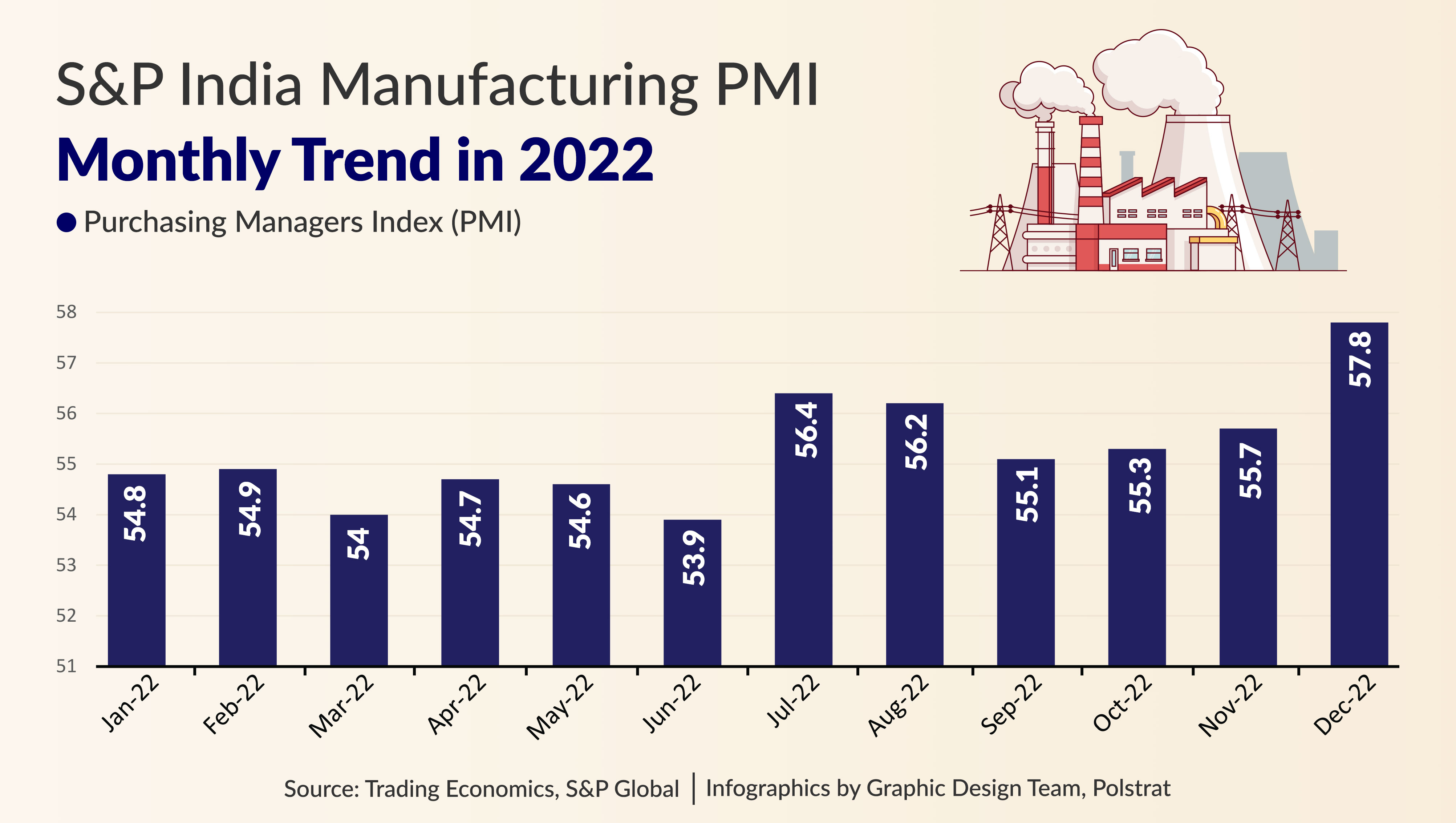
The services sector is dominated by the healthcare, banking, information technology, aviation, and tourism/hospitality sectors. In particular, when talking about revenue and employment, healthcare is one of the most important sectors in the Indian economy. The hospital industry in the country, which accounts for nearly 80 per cent of the sector, is witnessing huge investments from both domestic and global investors. Growth of the healthcare sector in the country is forecasted to grow further due to a multitude of factors such as the growing ageing population in the country, increasing prevalence of lifestyle diseases, growing private-public partnerships, and increasing investor interest and foreign direct investment (FDI) into the sector.
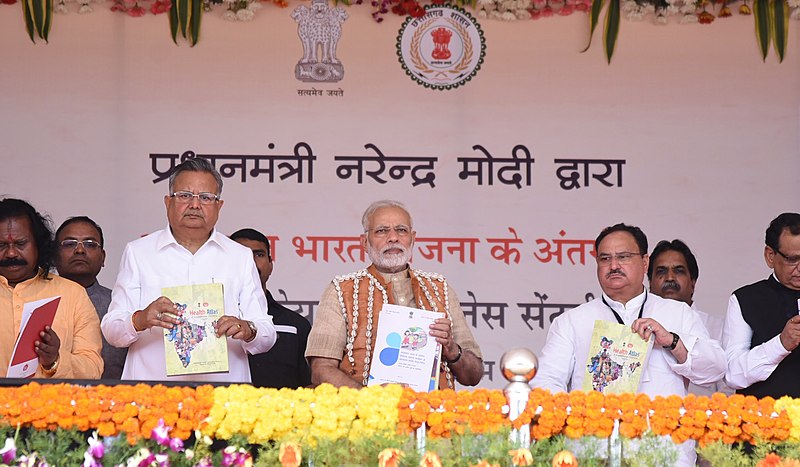
The hospital industry is expected to reach $132 billion by 2023 from $61.8 billion in 2017, growing at a compound annual growth rate (CAGR) of 16-17 per cent. Overall, the healthcare sector is estimated to reach $50 billion by 2025. India is also termed the digital capability hub of the world, as it accounts for nearly 75 per cent of the global digital talent pool. The information technology industry in the country has exhibited massive growth in the past few years and is expected to reach $350 billion by 2025. Similarly, business process outsourcing (BPO) services in India are predicted to grow at a CAGR of 5.8 per cent to reach a market capitalisation of $8.8 billion by 2025.
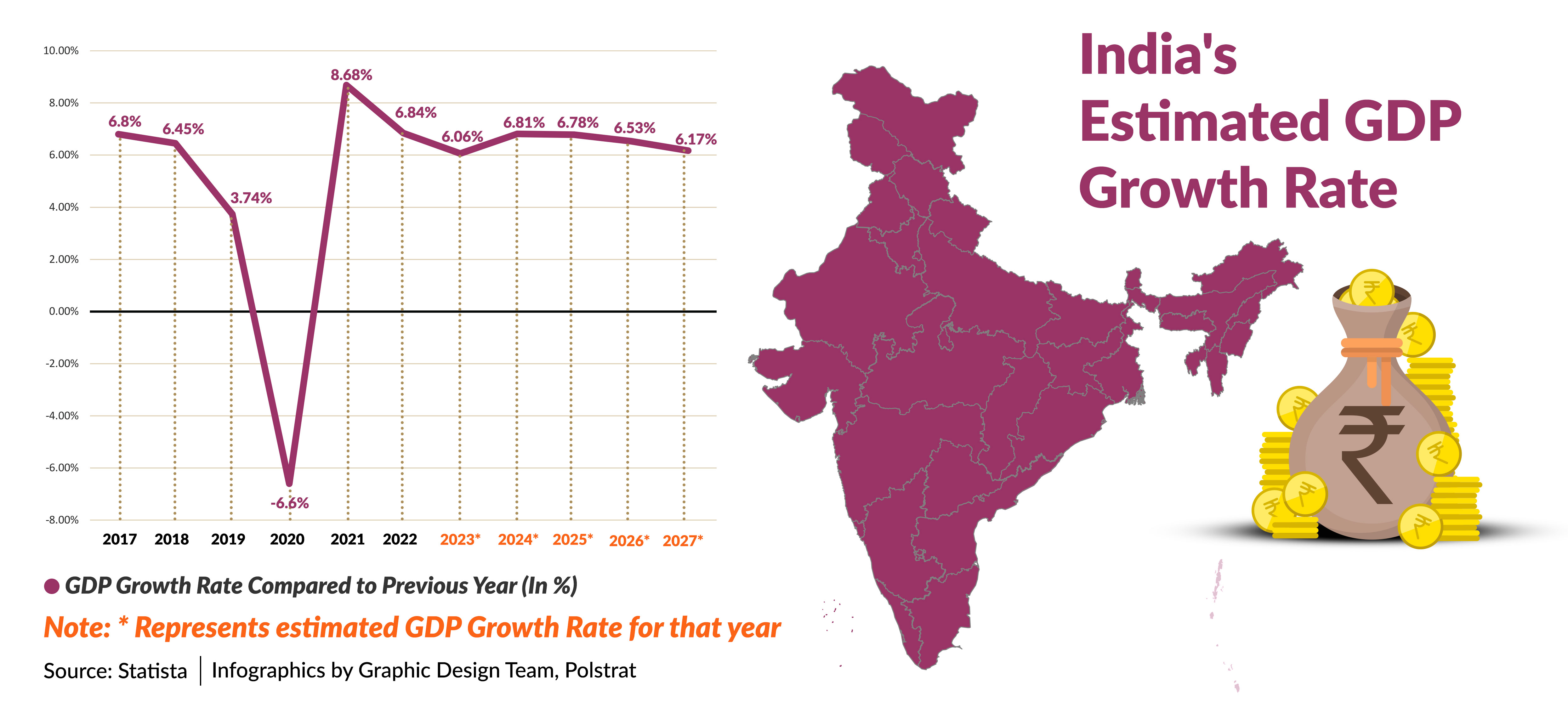
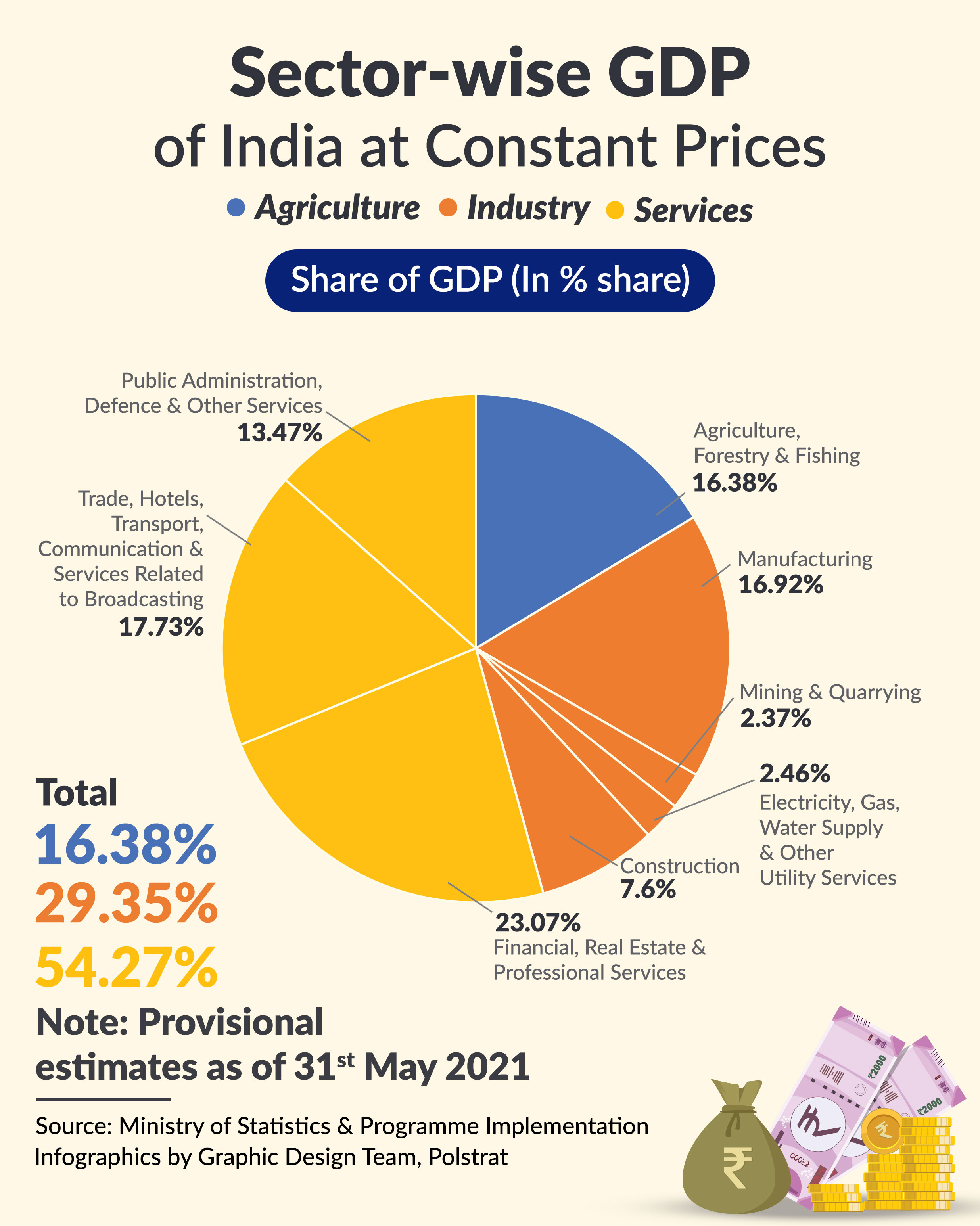
The organised manufacturing sector in India is one of the fastest-growing sectors in the private sector and employs more than 30 million people. Overall, the manufacturing sector of India has the potential to reach$ 1 trillion by 2025, as per industry reports. The major growth drivers of the manufacturing sector are government initiatives, public-private partnerships, international investment, the presence of a huge semi-skilled labour pool along with very high domestic consumption. The ‘Make in India’ initiative launched by the government aimed to place India on the world map as a manufacturing hub. Some of the key sectors driving the growth of the Indian manufacturing sector include automobiles, electronics, pharmaceuticals, and food processing. India is the world’s fourth-largest vehicle market.
The Indian automobile industry contributes to 7.1 per cent of India’s gross domestic product (GDP) and 49 per cent of manufacturing GDP. India also holds a very important position in the international heavy vehicles arena as it is the largest two- and three-wheeler manufacturer, second-largest truck and bus manufacturer, and third-largest heavy trucks manufacturer in the world. Another promising sector which is driving investment and growth in the manufacturing sector is the renewable energy sector. Sales of renewable energy equipment such as solar panels are at an all-time high as renewable electricity is becoming increasingly affordable. India is the third most attractive market for renewable energy investments and deployments. Additionally, reports released by the Federation of Indian Chambers of Commerce & Industry (FICCI) also exhibit that this growth momentum recorded by the manufacturing sector is likely to be sustained for at least the next six to nine months, and will continue driving the overall growth of the economy, even when the global economy is exhibiting signs of a potential slowdown.
